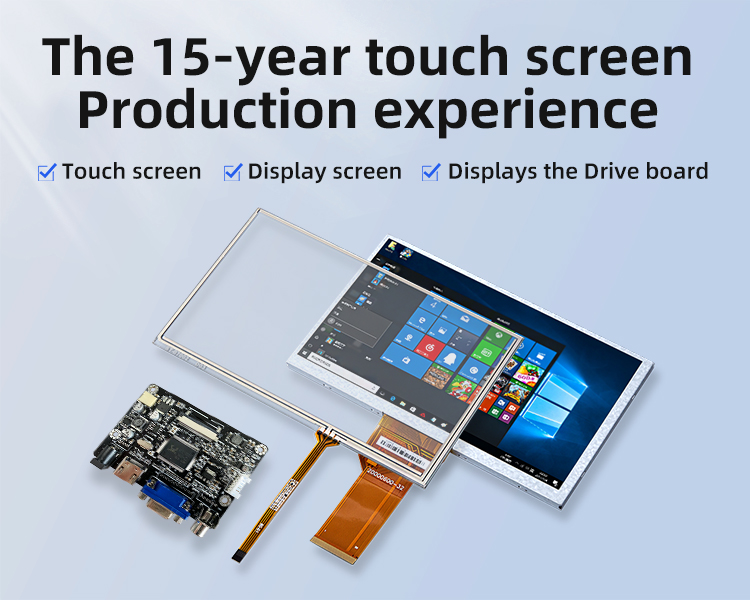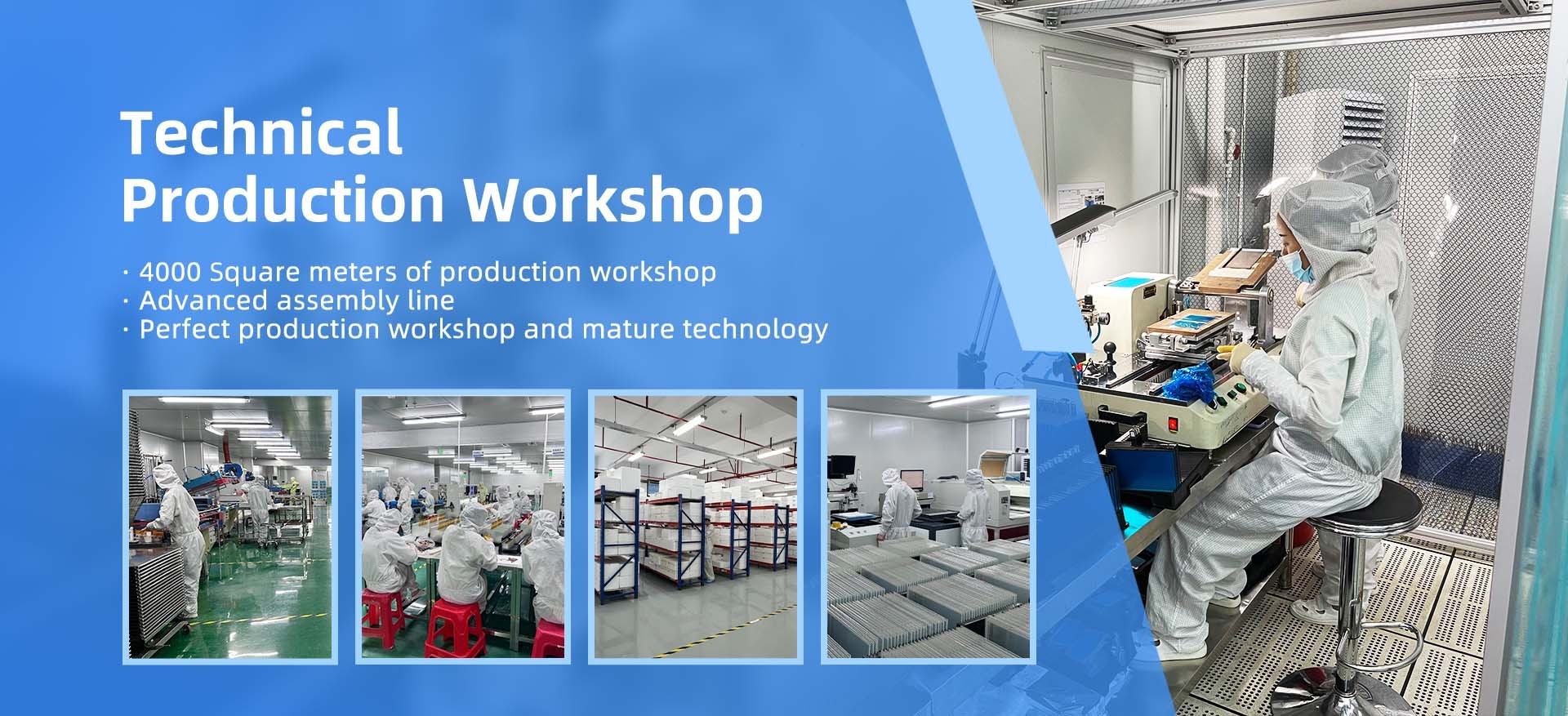Understanding the Internal Structure of LCD Panels and Their Components
The internal structure of an LCD (Liquid Crystal Display) panel is a fascinating blend of technology and materials that come together to produce the vibrant, high-definition images we see on modern screens. Whether you're examining an LCD TV, a laptop screen, or a mobile display, the meticulous design of these panels ensures performance, reliability, and efficiency. Below, we break down the key components of an LCD panel, their functions, and why they are crucial in the display industry.
12/30/20223 min read


1. The Role of the Backlight in an LCD Panel
The backlight is the foundation of any LCD panel, providing the light source that illuminates the screen. Without a backlight, the liquid crystal layers would remain invisible. In modern displays, LED backlights are most commonly used due to their efficiency and slim profile. These LEDs can be arranged:
Edge-Lit LED Panels: LEDs are positioned along the edges of light-conducting glass for thin displays.
Direct-Lit LED Panels: LEDs are placed directly behind the panel for more even lighting.
Older models utilized CCFL (Cold Cathode Fluorescent Lamps), but these have largely been replaced due to their higher power consumption and bulkiness. At DisplayTech Solutions, we provide LCD panels equipped with advanced LED backlights for optimal brightness and energy efficiency, making them ideal for industrial, medical, and consumer applications.
2. Vertical Polarizer: Controlling Light Orientation
A critical component in an LCD panel is the vertical polarizer, a specialized film that controls the orientation of light waves. Made from PVA (Polyvinyl Alcohol), this filter ensures that only vertically oscillating light waves pass through.
Why Is the Vertical Polarizer Important?
It polarizes the light before it interacts with liquid crystals, enabling precise light manipulation.
It plays a vital role in enhancing image clarity and contrast by blocking unwanted light waves.
In combination with other polarizing layers, the vertical polarizer ensures that the display delivers vibrant and accurate colors, making it an essential component in high-performance displays used in industrial touchscreen monitors and outdoor digital signage.
3. TFT Substrate: The Brains Behind Pixel Control
The TFT (Thin-Film Transistor) substrate is the backbone of modern LCD technology. Each pixel on the screen is controlled by a thin-film transistor, which acts as a tiny switch.
How Does the TFT Substrate Work?
It applies precise voltage to the liquid crystals in each pixel, determining whether light passes through or is blocked.
It allows for rapid and accurate manipulation of pixels, enabling high refresh rates and excellent image quality.
The use of TFT technology results in:
Sharper Images: Ideal for high-resolution displays such as 4K LCD panels.
Faster Response Times: Essential for gaming monitors and interactive touchscreens.
At DisplayTech Solutions, our LCD panels incorporate state-of-the-art TFT technology, ensuring unparalleled performance and reliability across applications.
4. Liquid Crystal Substrate: The Heart of the Display
The liquid crystal substrate contains billions of liquid crystal cells, each functioning as a tiny light modulator. These crystals change their orientation when voltage is applied, either allowing light to pass through or blocking it.
Key Features of Liquid Crystals:
They offer precise control over light modulation, creating stunning visuals with accurate color reproduction.
The ability to adjust their alignment dynamically makes them essential for producing the grayscale and color levels seen on displays.
The interplay of liquid crystals with other components, such as the TFT substrate and polarizers, is what makes modern LCD screens suitable for diverse applications, including medical-grade touchscreens and outdoor-readable displays.
Why Quality Matters in LCD Panel Manufacturing
Manufacturing LCD panels requires strict quality control and rigorous testing to ensure durability and performance. Key tests include:
Thermal Shock Testing: Ensures functionality under extreme temperature changes.
Impact Resistance Tests: Verifies durability against physical shocks.
Optical Clarity Assessment: Measures display transparency and color accuracy.
At DisplayTech Solutions, we conduct comprehensive testing on all our LCD panels, ensuring they meet the highest industry standards. Whether you require panels for industrial automation, healthcare devices, or consumer electronics, our solutions are built to deliver consistent performance and long-lasting reliability.
The Future of LCD Panels
As the display industry advances, innovations like mini-LED backlights and high-transparency polarizers are pushing the boundaries of LCD technology. At STOUCH, we are at the forefront of these developments, providing cutting-edge displays designed to meet the demands of tomorrow's applications.
Whether you need ruggedized LCD panels for harsh environments or custom touchscreen displays tailored to your specifications, STOUCH is your trusted partner for reliable and high-quality LCD technology.
Contact us today to learn more about our products and how we can support your next project.

Our Experienced Team is Ready to Help
Our STOUCH team has expertise in every type of touch display technology, whether big or small. We will help you choose or design the display that best fits your needs, while always keeping quality and budget in mind. Here at STOUCH, we specialize in custom displays use our product selection guide today to get started on your project today!
Display Solutions
Custom touch displays for industrial and medical solutions Specific to Your Needs.
Quality First
Expert in touch panels
15 Years in Touch Solutions | Your One-Stop-Manufacturer | STOUCH © 2024. All rights reserved.
